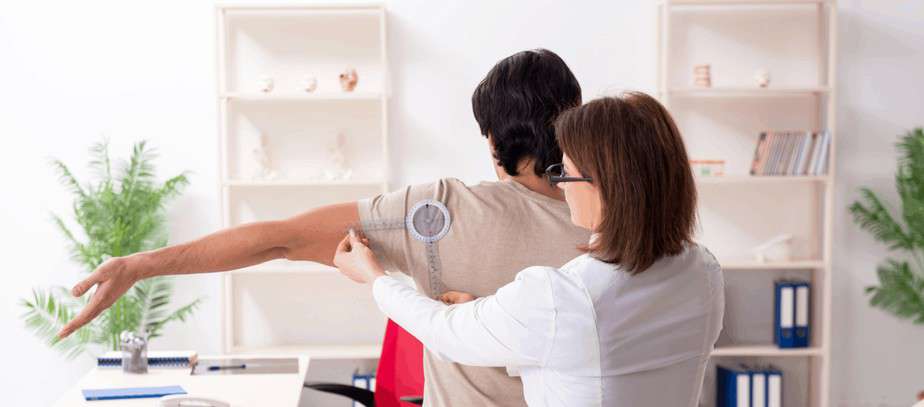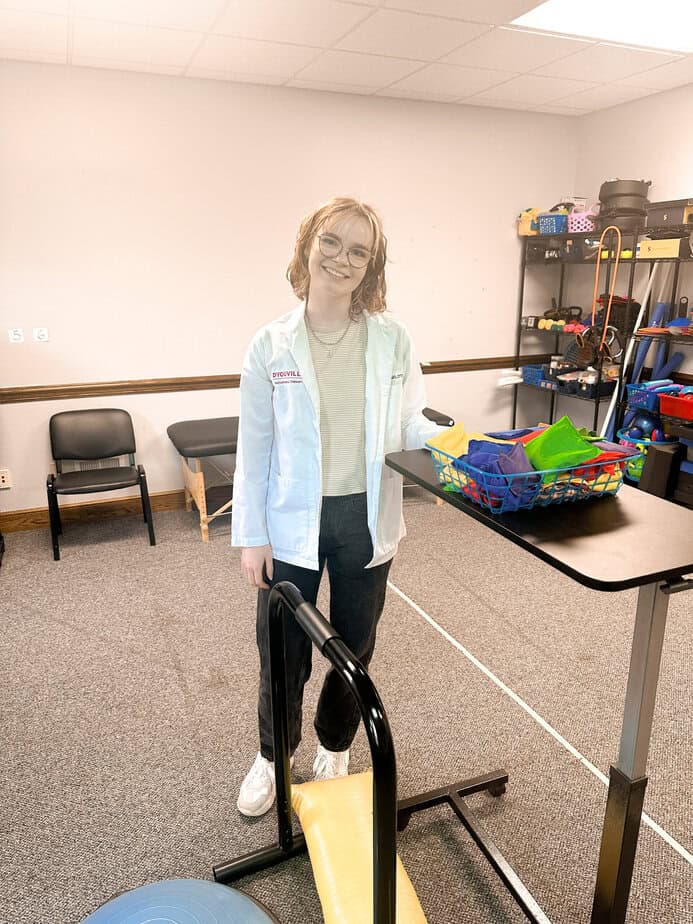
Conditions We Treat
The Conditions We Treat Relate to Neurological Management and Lifestyle Support
The conditions we treat at Buffalo Occupational Therapy center on neurological diagnoses and events. Although this is not a complete list of conditions we treat, the following diagnoses and ailments give you a good idea of what types of conditions we treat. We understand that each individual faces different symptoms, and although you may share the same diagnoses as another person, your approach to rehabilitation will be unique to you.
Are you facing a specific problem in your functional performance?
Check out all of the problems we help solve through outpatient rehabilitation!
Why choose Buffalo Occupational Therapy?
Buffalo Occupational Therapy works with you one-on-one to create a treatment plan that will meet your needs, accomplish your desired outcomes, and restore your hope in recovery.
Buffalo Occupational Therapy practitioners are committed to maintaining current competencies, meeting monthly continuing education goals, and being well-versed in the latest evidence-based, research-driven treatment models in order to offer you the best treatment possible.
Specialized occupational therapy practitioners are accessible to their patients, invested in producing treatment plans that will produce results, maximize time spent, and offer you hope for recovery.
Buffalo Occupational Therapy is currently the first and only Neuro-centered adult outpatient occupational therapy practice specializing in neurological rehabilitation, functional performance, and rehabilitation for older adults.

